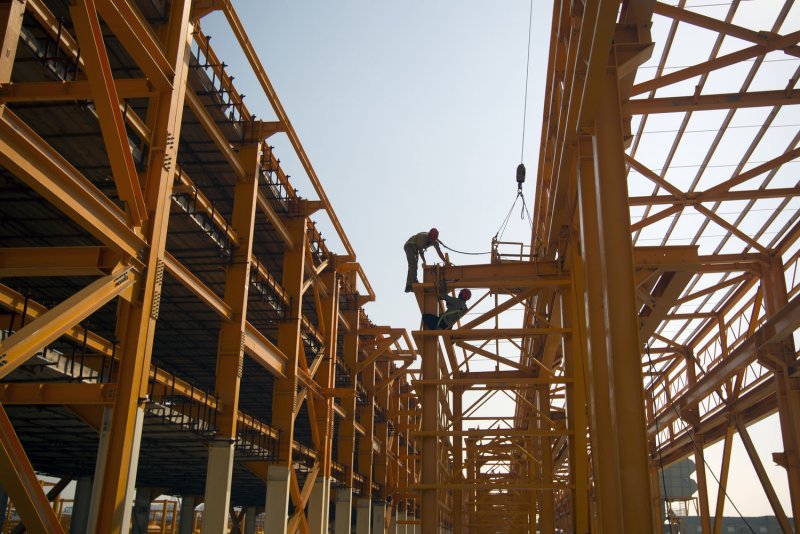Iran says it could match Qatar with it production goals. Both sides share in the development of a giant Persian Gulf field that Iran calls South Pars. File photo by Maryam Rahmanian/UPI. |
License Photo
April 14 (UPI) -- Iran could go tit-for-tat on production trends with Qatar given recent developments at a Persian Gulf oil and gas field, the Iranian oil minister said.
Iran's Oil Ministry last month said production started from the oil layer in the South Pars field complex in the Persian Gulf for the first time. Using a floating production and offloading vessel, or FPSO, the ministry said production could reach a net peak capacity of 35,000 barrels per day at some point this month.
The oil ministry estimates the field, which Iran shares with Qatar, holds more than 14 billion barrels of oil.
Oil Minister Bijan Zangeneh said on the sidelines of a conference with the Iranian president that oil projects worth up to $20 billion on are the agenda for Iran in the coming weeks. Oil projects in South Pars are on the list of new developments, with up to six phases of production on tap for the future.
"Qatar has announced it intends to expand this field once again," the minister was quoted in the official Islamic Republic News Agency as saying. "If they expand again, we will expand too."
Qatar Petroleum in early April announced plans to start work on a new project in the southern sector of the North Field complex, as Qatar's side of South Pars is known.
As a member state, Qatar is coordinating with the Organization of Petroleum Exporting Countries on a production ceiling aimed at balancing an over-supplied crude oil market. Iran is excluded from the arrangement so it can regain a market share lost to nuclear-related sanctions.
Four of the six members of the regional Gulf Cooperation Council are OPEC members and the International Monetary Fund warned last year that exporters faced economic headwinds because of reduced oil export revenues.
At 3.8 million barrels per day, Iran's oil production far outpaces Qatar, though Qatari production expanded from March against an Iranian decline of about three quarters of a percent. Both countries also have sizeable natural gas reserves, though Giles Farrer, a research director for global gas markets at Wood Mackenzie, told UPI two weeks ago that "Qatar can add new capacity at a lower cost than anybody else."















